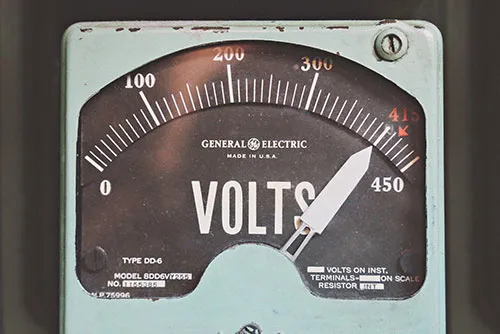Last Updated on April 26, 2023

In my previous post, I discussed writing about trauma — the challenges, the complex feelings that arise, and even the unexpected health benefits that can accompany the process. The critical question for those seeking to publish is this: How do we write stories about trauma that others want to read?
Here are five key suggestions I've come to after reading and writing a lot about trauma, and teaching a course at Antioch University, Los Angeles, in the Trauma Memoir.
1. Make yourself an active agent in your story.
Often our first draft will cast us in the role of helpless victim because that is how trauma makes us feel. But readers want the narrator (the protagonist) of a memoir to be an active agent. Trauma researchers have found that even in traumatic situations in which we lack control, we are always appraising risk and considering actions to save ourselves and others. Conveying these moment-by-moment appraisals can turn the writer into an active narrator.
Some of the thoughts that occur during traumatic events may be hard to admit. Did we try to save ourselves at the expense of others? Did we identify with the aggressor? Did we propose ridiculous bargains with God? Did we harshly reject family members? Admitting these vulnerable moments often makes for the best literature. When we portray ourselves as either total victims or total heroes, readers can be turned off by such oversimplification. Feelings such as survivor's guilt and shame, as well as altered relationships to risk-taking (becoming either risk-averse or risk-seeking), are all normal reactions in the wake of trauma.
2. Tell the whole story as honestly as you can.
All of us can relate to the wish to avoid talking about what some psychologists call the “worst moments” in any traumatic event, moments in which you felt your life threatened or about which you are most ashamed. And no one is able to tell the whole story when first beginning to write. You may not remember everything or feel you can bear the immediate emotional upheaval of facing it.
With Don't Go Crazy Without Me, I started by writing the easiest parts: single episodes in my childhood. Over time these took shape into a full-length narrative. Later I added present-day interludes because I realized that part of what I wanted to do was show how childhood continues to reverberate in our adult lives. I was inspired by the work of other writers like the extraordinary Lidia Yuknavitch, whose memoir The Chronology of Water shows that writing about what might at first feel unspeakable ultimately liberates the writer and reduces trauma's power. I've found from talking to readers of my own book that it liberates the reader as well.
3. Write with compassion.
It's natural when writing about physical or emotional abuse to cast oneself as a victim and the perpetrator or abuser as wholly evil. But attempting to understand and empathize with others involved, even the negligent or very badly behaving, makes for stronger writing. Some successful memoirists such as Nick Flynn, in his stunning memoir Another Bullshit Night in Suck City, write parts of their books from others' points of view to give a more complete and complex perspective. In his trenchant tale of life with an alcoholic father, Flynn includes some imagined scenes from his father's point of view. This allows us to see his father as a more complete character, to appreciate his suffering, rather than seeing him only from the point of view of his son.
4. Recognize your own contradictory impulses and how they can get in the way.
When we sit down to write about trauma, we may feel conflicting impulses: to reveal all and to repress, withhold, deny, deflect, and digress. We may withhold out of a desire to protect ourselves, other people, or even the reader. One writer recently asked me, “Am I traumatizing my reader by putting them through what I went through?” Another writer I worked with felt inhibited by anticipating readers' negative reactions. The fact is that no one can predict how readers will respond. All we can do is write the truth as we know it.
5. Don't succumb to the pressure to create a happy/redemptive ending, if there wasn't one.
Writers are sometimes held back by feeling that they need to find some glorious redemption out of what happened to them. If I were really resilient, they think, I would have emerged “stronger than ever.” The pressure to come up with an upbeat ending can get in the way of truth-telling, but readers sense the falseness of a forced ending that ties everything up neatly with a bow.
In The End of the World As We Know It, one of the best memoirs I've ever read, author Robert Goolrick vividly describes the mental distress he continues to endure as a result of what he went through as a child in a dysfunctional family. He doesn't pretend to be all better, and because he describes his current life so vividly, the reader relates and identifies. And as my colleague Amy Friedman discovered in writing about the failure of her marriage in Desperado's Wife, despite the unhappy ending, she learned something from what she went through and from revisiting those sorrows. What you learned can be enough.
- How to Show and Tell in Your Writing - January 24, 2023
- 5 Tips for Writing a Memoir About Trauma - August 5, 2020
- The Trauma Memoir: Forging Art From Adversity - July 30, 2020



